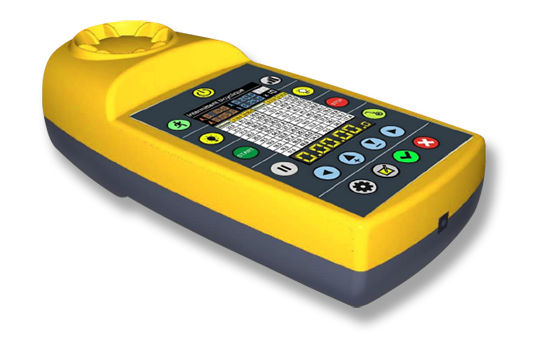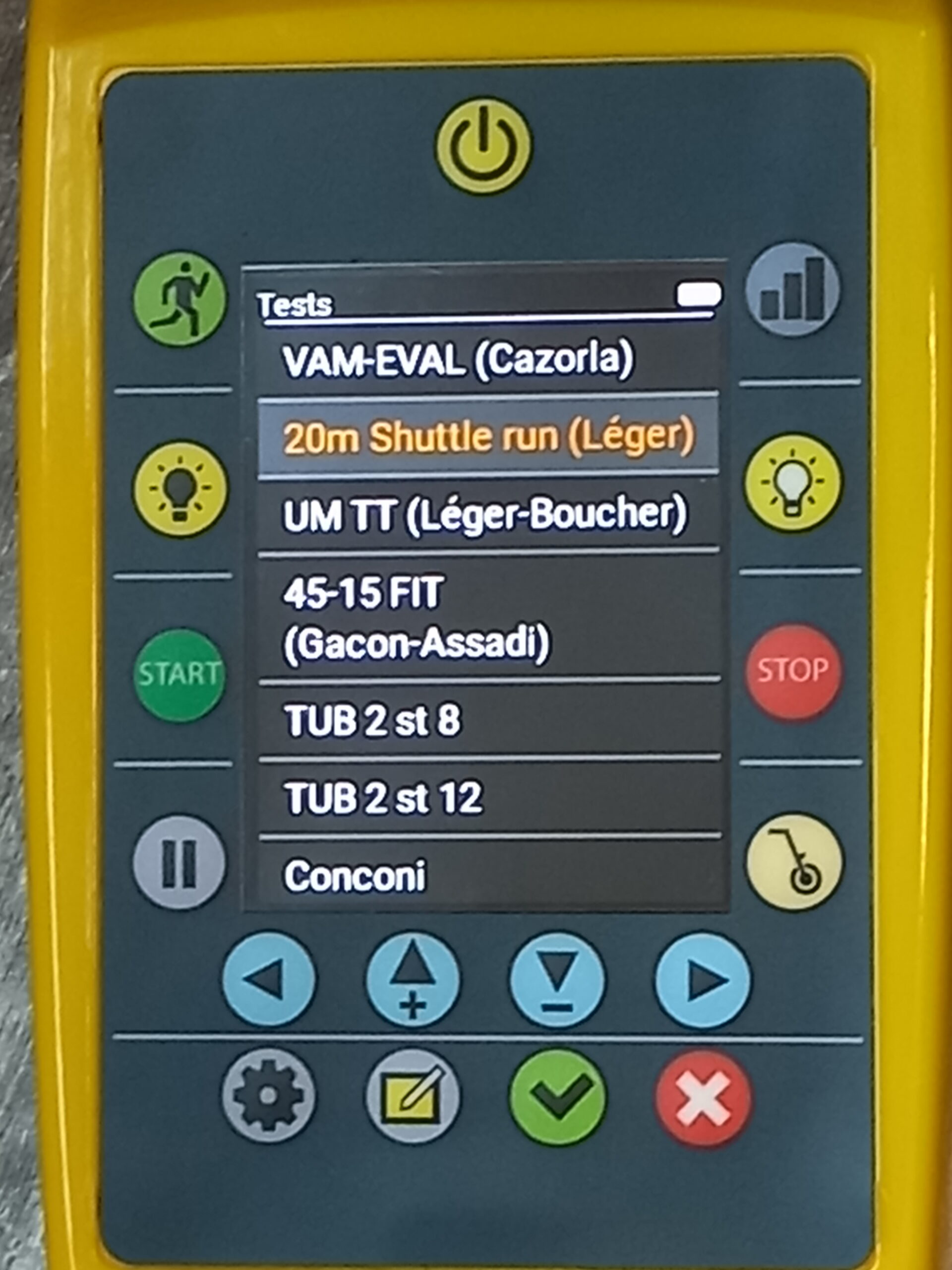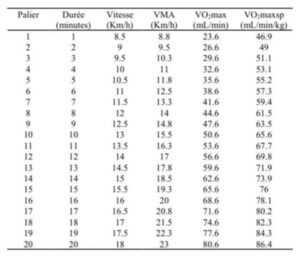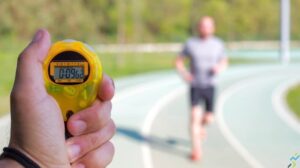Luc Léger’s Shuttle test !
Today we are going to talk about Luc Léger’s Shuttle test and answer the question:
how to calculate your maximum aerobic speed with the shuttle test?
It is an endurance test that determines the maximum aerobic speed (MAS) and estimates the maximum oxygen consumption (VO2Max) from this.
The canadian doctor Luc Léger has created this physical test
It is used in :
- the sport field, for example withe the French handball team with our ambassadir :Pierre Terzi (thanks to the french national team)
- the school field (physical education and sport)
- in the tests of the army and other state corporations: fire brigade, police, gendarmerie.
This test is easy to set up, can be collective or individual, and does not require a warm-up.
It requires little space to be realized : a corridor a 20 meters is sufficient. It takes place in a gym for indoor sports.
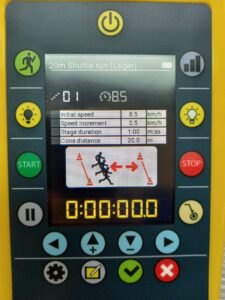
Luc Léger’s Shuttle test

